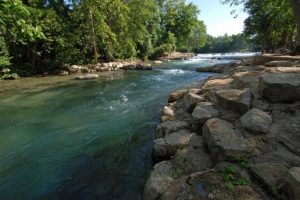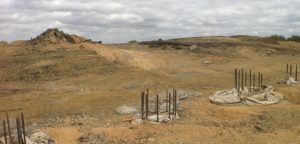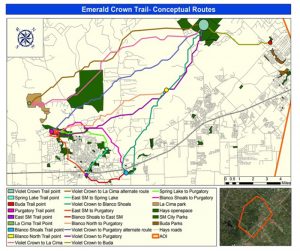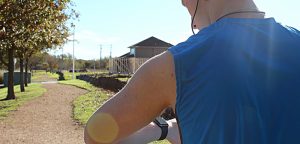Buda, Hays County, Kyle, News, San Marcos
Trails to connect from the capitol to the Alamo
By Sahar Chmais
A large stretch of parkland is to be preserved from Austin to San Antonio, with Hays County sandwiched in between, connecting the metropolitan areas.
By the Texas Bicentennial in 2036, the Great Spring Project (GSP) connecting the state Capitol to the Alamo will be complete.
The GSP will acquire 18 miles of land between San Marcos, Kyle and Buda through the San Marcos Loop & Check Trail and the Emerald Crown Trail. This will connect to the Violet Crown Trail and eventually to Ba...









